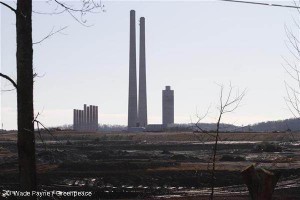
This is certainly true of fossil fuels. Touted as cheaper than clean energy, when you start factoring in government subsidies and the economic impact they have on the environment and human health, which in their turn generate huge costs, the picture starts to look very different.
The same could be said about cheap food, which normally comes from livestock that causes global warming or is laden with sugar, a recipe for cardiac problems and obesity, which in its turn leads to diabetes.
A recent study by Dr. Paul Epstein, Director of Harvard Medical School Center for health and the Global Environment, and which analyzed the full cost of coal’s life cycle, found that coal’s hidden costs reach a staggering $345 billion. The study will be published shortly in the Annals of the New York Academy of Sciences.
The researchers looked at the impact on the environment and human health generated by coal. The paper concluded that the external costs borne by society would double or quadruple if they were included on electricity bills, raising the per kilowatt price by 9-27 cents.
So, is coal cheap energy? No. It literally costs the Earth.





